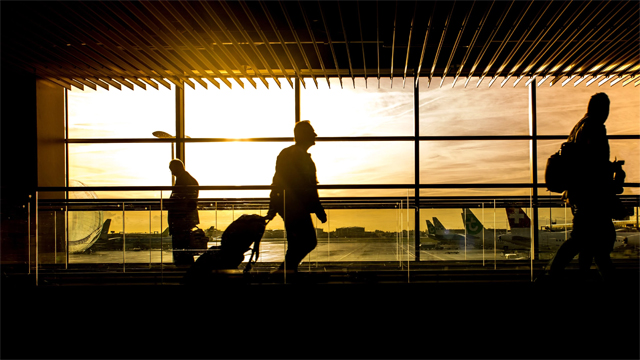
(SPOT.ph) COVID-19 has led countries across the world to close their borders, with the pandemic causing a "hardening of migration policies across with world," according to the World Economic Forum. In the U.S., as many foreign-born workers lose their job because of a global recession, immigrants worry about being "kicked out any time," says The Guardian. The current administration is also trying to address a new wave of migration: pandemic refugees, as migrants from the Mexican side of the U.S. border try to flee the worsening conditions in their own countries. Refugees from as far as Asia are reported to take buses to Mumbai, fly to Dubai, connect through Europe, land in Mexico City, then take a two-day bus ride to the border.
In Europe, former European Commission's Head of Task Force for Relations Michael Barnier calls for a halt to immigration across the continent for up to five years. "I think we have to take the time for three or five years to suspend immigration," he told French media. He is poised to run as a rightwing candidate in the 2022 presidential elections.
Canada seems to be taking a different approach. The country is ramping up their immigration process and awarding permanent resident status at a fast pace, looking to admit 401,000 new permanent residents this year. And they're on pace with this target as they welcomed over 70,000 new immigrants in the first quarater of 2021.
The target numbers are set to increase in the following years: 411,000 new immigrants in 2022, and 421,000 in 2023. This is the Immigration, Refugees, and Citizenship Canada's most ambitious migration plan yet, according to CIC News. In comparison, the country welcomed only 184,000 immigrants in 2020 due to coronavirus disruptions, and 341,000 newcomers in pre-pandemic 2019.
"Immigration helps stimulate the economy, and with deliberate policy choices regarding settlement services and credential recognition, these economic impacts can be enhanced as we emerge from the global pandemic," Associate Director of Immigration Research at the Conference Board of Canada Iain Reeve said in a statement.
While the country still has travel restrictions in place, Canada's priority now is to transition temporary residents to permanent residents. They're doing this by their Express Entry Immigration, which is how migrant skilled workers become permanent residents. The country aims to welcome 110,000 Express Entry immigrants to meet their 401,000 target.
They have also launched six other categories in which current foreign workers in Canada can gain permanent residence status, including health care workers, essential non-health care workers, international graduates, French-speaking health care workers, French-speaking non-health care workers, and French-speaking international graduates.
[ArticleReco:{"articles":["86193","86226","86231","86206"], "widget":"Hot Stories You Might Have Missed"}]
Hey, Spotters! Check us out on Viber to join our Community and subscribe to our Chatbot.
We are now on Quento! Download the app and enjoy more articles and videos from SPOT.ph and other Summit Media websites.
Source: Spot PH
No comments:
Post a Comment